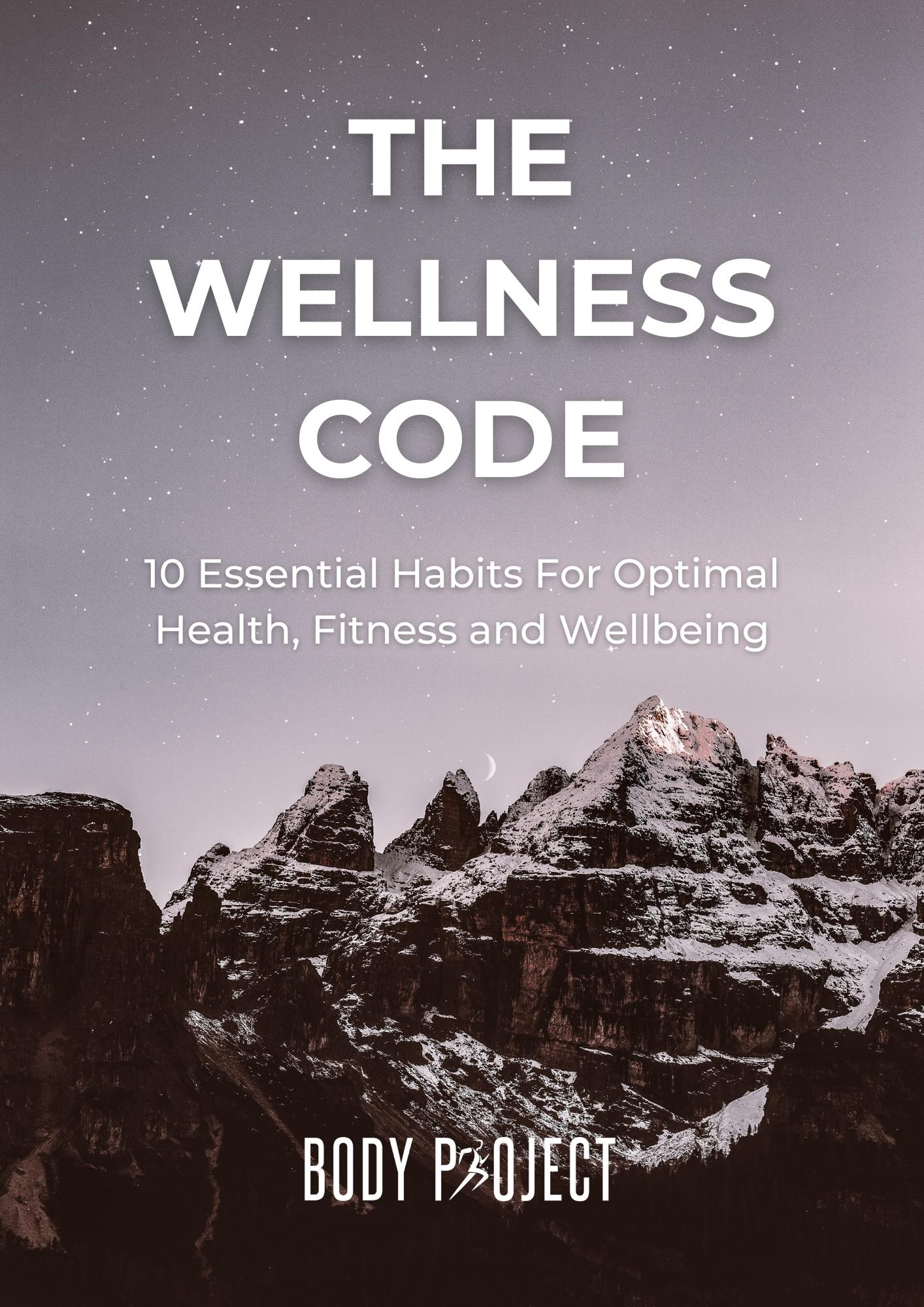Sign Up For Special Offers & Exclusive Content
Understanding Weight Training Tempo in Your Workout Plan
When following a personalised workout program, from time to time you'll see a sequence of numbers alongside the sets and reps prescribed for certain strength training exercises. This isn't just a random collection of digits; it's a guide to weight training tempo, a crucial aspect of your fitness journey.
Different tempos are linked to specific training effects. By adhering to the prescribed tempo, you’re not just going through the motions; you're targeting a precise training outcome tailored to your goals. Following a specific tempo can enhance your control over movements, leading to better performance and a reduced risk of injury. Let’s dive deeper to understand how to understand and follow these tempo prescriptions to fully harness the benefits.
Weight Training Tempo Definitions
Before we explain how to read numerical tempo training prescriptions, let’s clarify some fundamental terms used in exercise physiology:
Eccentric Phase
This is the "lengthening" phase in weight training tempo. For instance, during a bicep curl's downward movement, your bicep muscle elongates while under tension.
Concentric Phase
This is the "shortening" phase of weight training tempo. In a bicep curl, this phase is when you're curling the weight upwards, causing the bicep to contract.
Isometric Phase
Here, in terms of weight training tempo, the muscle experiences tension but isn't actively moving. Consider a plank – your core muscles remain engaged, but they don't lengthen or shorten. In the bicep curl example, there are two isometric phases: one at the top and another at the bottom of the rep, between the eccentric and concentric phases.
How To Read Weight Training Tempo
Tempo in weight training is expressed in a series of four numbers that appear alongside your set, rest and rep prescriptions, like this:
3x8-12 @2021
60-90sec rest
That's 3 sets of 8-12 reps performed at 2021 tempo, with 60-90sec rest between sets. Each number in the tempo prescription represents a different phase of the movement:
- First Number (Eccentric phase): Time taken during the lengthening phase.
- Second Number (Bottom isometric phase): Pause after the eccentric and before the concentric phase.
- Third Number (Concentric phase): Time taken during the shortening phase.
- Fourth Number (Top isometric phase): Pause at the peak of the concentric phase.
Using the "@2021" weight training tempo as an example:
- 2 seconds during the downward movement (eccentric)
- 0 seconds pause at the bottom (isometric)
- 2 seconds curling upwards (concentric)
- 1 second pause at the top (isometric)
How To Follow Weight Training Tempo Prescriptions
Following Training Tempo In Concentric-First Exercises
For standardisation and clarity, tempo is always prescribed with the eccentric phase listed first. However, not all exercises begin with the eccentric. For exercises that begin with the concentric phase, such as the cable bicep curl, start with the third number. In a "@4121" example, begin with the 2-second curling phase, then follow the numbers around from there. In practise, this would look like "2141".
Following Training Tempo In Plyometric/Explosive Exercises
Plyometric exercises are movements that include a burst of explosive power. A common plyometric exercise is the box jump. In training tempo, plyometric phases are marked with an "X". Unlike the numeric values that designate controlled timeframes for each phase of an exercise, the "X" stands for an explosive or very rapid action.
Using the "@20X1" tempo for a box jump as an example:
- 2 seconds: This is how long you'd take to prepare, squatting down before the jump.
- 0 seconds: No waiting around; as soon as you're ready, you go!
- X: The explosive move! That's your powerful jump onto the box.
- 1 second: After landing, you'd stabilise yourself on the box for a brief moment before either stepping or jumping back down.
Choosing The Right Weight For Tempo Training
Incorporating weight training tempo might mean using a lighter weight than you normally might for the same exercise. It's challenging to maintain a slow, controlled movement, and using excessively heavy weights could cause you to compromise on technique. In the world of resistance training, it's easy to get caught up in the idea that progress is solely about lifting heavier weights over time. It's important to remember that reducing weight for the sake of proper tempo isn't a step backward. Instead, it's a strategic move forward.
Whilst the weight on the bar is an essential metric of progress, how you lift - ie your tempo and technique - are equally vital. Embrace the tempo challenges, adjust your weights accordingly, and recognise that there are many paths to progress.
The Benefits Of Using Tempo In Weight Training
- Control: While lifting heavier is a mark of progress, quality execution at a controlled tempo can often provide better muscle engagement and results.
- Time Under Tension (TUT): Adjusting tempo influences muscle tension, pivotal for growth and strength.
- Training Intensity: Especially beneficial when you don't have access to heavier weights – perfect for home workouts or on-the-go sessions.
The Benefits Of Using Tempo In Weight Training
Incorporating weight training tempo into your workout routine demonstrates a mature approach to fitness. It emphasises that it's not only about "how much" you lift, but "how" you lift. Every nuance, from the pace at which you lower the weight to the pause at the peak of your lift, contributes to your specific, personal goal.
Embracing tempo training is an investment in muscle development, strength, and overall fitness level. It provides deeper muscle engagement, enhanced control, and reduced injury risks. So, the next time you see those tempo numbers on your Body Project personalised workout program, appreciate them as a tailored strategy to get you excellent results in an efficient and effective manner.
Ready to elevate your training experience?
Our bespoke workout plans are tailored for every fitness level and goal. At Body Project, we believe in holistic, intelligent training, and tempo prescriptions are just one of the tools we use to help you achieve your best. Check out our personalised workout plans now!
Search Posts
Free Download
Popular Posts
Discover Online PT
Read More Helpful Articles
Subscribe For New Post Updates
Receive new posts, special offers, discounts, plus exclusive content that we only send out via email.
Don't miss out!







